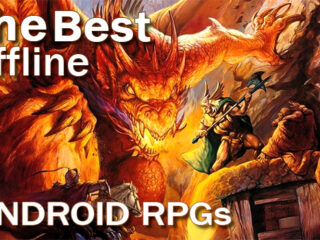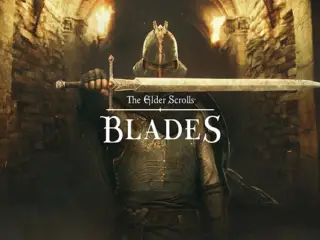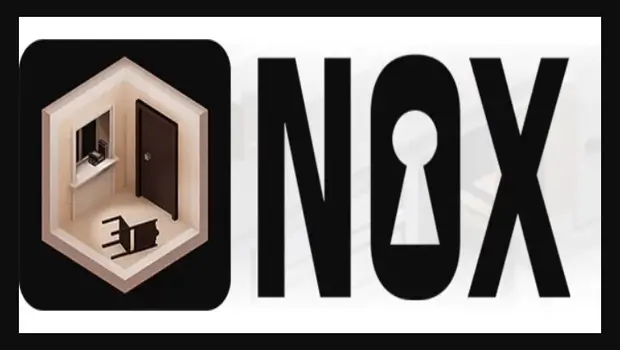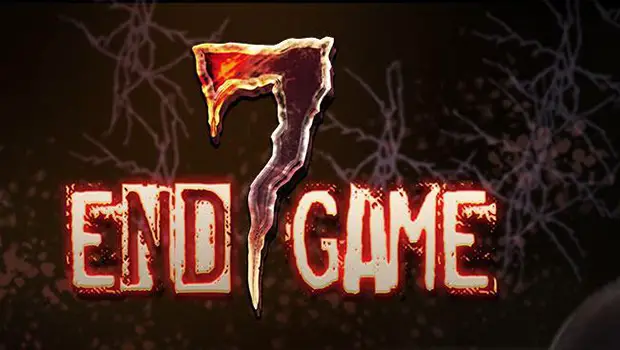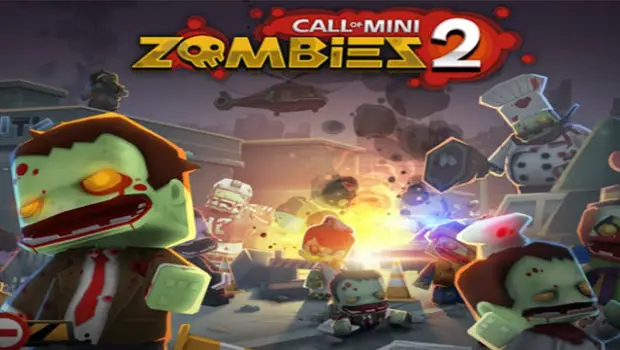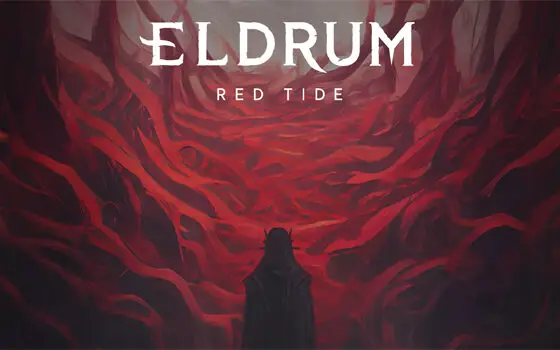How Did I Find Myself Here?
It’s rare to find a mobile title like NOX – Escape Room. The mobile games market, dominated by freemium microtransactions, finds itself in a precarious place where developer greed is matching users’ willingness to spend. This is not new. But perhaps jaded by the rot of overzealous monetization structures, I and other gamers find ourselves taken aback, refreshed, to find occasional gems, devoid of these encroaching pay-structures, saddled snugly among the games that simply ask too much of our collective wallet.
NOX falls square into this category of snuggled gems. What makes it truly magical is its ability to stand alone—that even when viewed through a lens muddied by the rampant issues in freemium mobile gaming, this title holds its own—and it stands tall.
NOX is a throwback to the point-and-click mystery genre, a mainstay in pre-2000’s PC gaming. It utilizes a dollhouse aesthetic accompanied by charming, boxy art. Controls are straightforward. You click on objects or areas in a room for a chance to more closely observe the areas and find clues. NOX adds a rotation mechanic, a “twist” on the genre, where you can rotate each room 180° to catch new angles. This allows you to spot things previously hidden from sight. This change compliments the genre, making even obvious details a little more evasive, while simultaneously feeling right at home in this type of game.
At its core, NOX is a thriller-mystery bordering on horror. It comes as no surprise that German Indie Game Studio Everbyte, creators of various VR projects and mystery games in the past have blended together old genres with creative new perspectives and modern technology. This is all to say that NOX is a surprising and competent title on principle alone. Let’s see what makes it worth playing.
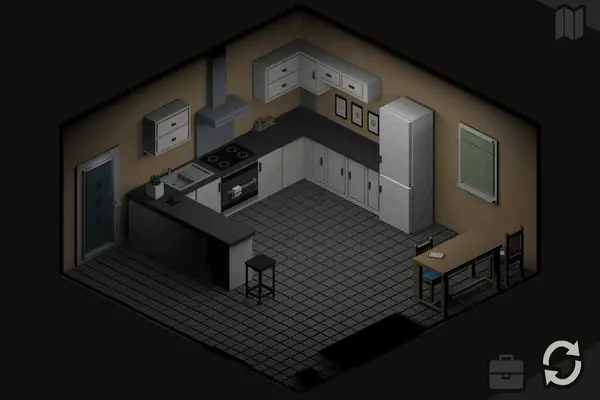
A Cell, a Basement… a Mansion?
NOX is a story-driven game above all else. You begin in complete darkness, and soon realize you’re inside a cell. Like real-life escape rooms, you’re presented with the goal of escaping and nothing more. Interacting with the cell gives detail, spoken by the main character to himself upon examining objects in the room, which eventually provides the tools needed to escape. It’s through this interaction and self-narration that the story begins to unfold. While typically speaking about details would fall within the realm of boring expository dialogue, the nature of discovering new items and their in-game their significance makes the experience feel self-driven and rarely contrived. All of this heightens the story’s mystery and excitement as you advance.
As you progress from the cell to a basement, to a vent that leads to a bathroom, you realize that you aren’t in some cryptic dungeon but rather alone in a lavish mansion. The walls are adorned, food is on the table and candles are lit in many rooms, leading you to worry that others may be lurking around every corner.
The story progresses each time new clues or tools are discovered. Typically, clues amount to uncovering a drawing or opening a door to expose a key. Some clues, such as snow-globes, are contextual devices that, while unable to unlock a door, string the story along you struggle to decipher their meanings.
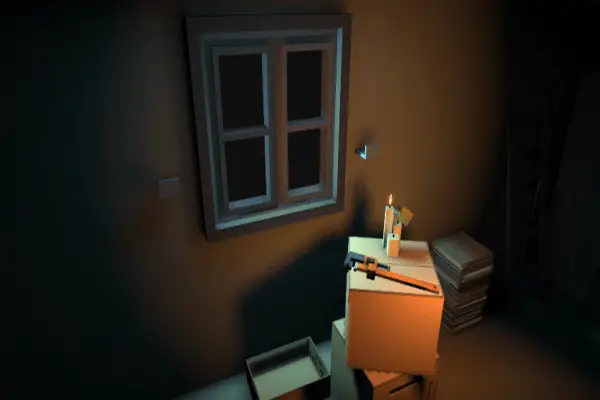
Oh no, Puzzles and Math!
As if the situation couldn’t be creepier, you must use logical thinking and light math to navigate through the mansion. Overall, the puzzles are challenging with only a select few feeling unintuitive. Of course, there should be a level of difficulty associated with solving riddles and piecing together information. Most of the time the puzzles seem reasonable, while other times their solutions feel like random guesses. Altogether, the puzzles bring a welcome challenge, causing you to retrace your steps to recollect the information you’ve already encountered.
Many times, after progressing, previously visited rooms will become relevant again. In many cases, this amounts to something like a key, visible but unreachable, becoming now accessible through an item that you pick up along your journey. All items are single-use, including flashlights and axes, both of which could be used again and again in real life. For the purpose of the game, however, this makes tool-utilization straightforward. Once you’ve used the flashlight in the correct instance, it disappears from your inventory. This is great because it relieves you of having to test every item on every nook, cranny and obstacle in your path. This avoids a lot of extra clutter and annoyance. It has the dual effect of giving you less to sort through (allowing you to focus on the current clues) while also making the rules of the game immediately transparent.
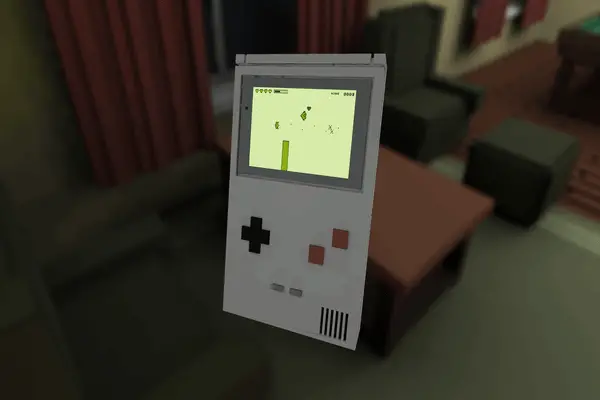
A Journey into Magical Realism
While the story leads the gameplay, it’s best to learn about the mysteries of the mansion in-game and not in a review. We can, however, talk about themes.
This game isn’t as magical as a game like Earthbound which juxtaposes the insanely banal with the fantastical and blunt elements of fantasy novels. It is stylistically more akin to games like Amnesia—a groundbreaking title with far more horror and psychological elements embedded within. NOX, by comparison, is not as deeply terrifying. However, it utilizes similar storytelling elements to make you feel increasingly uneasy about the game’s environment. Things in rooms will shift and noisily move about as you complete puzzles, inviting you to go back to search more. Sometimes, startlingly, your actions cause things to move and change in front of you. As you learn more, your journey turns from a realistic escape attempt into a quest to unearth the confusing and sometimes paranormal nature of your situation.
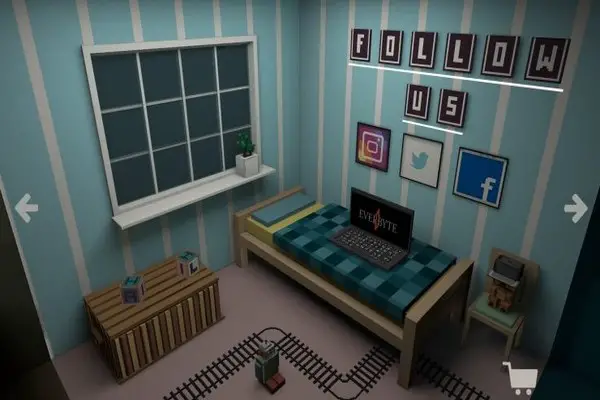
The Cost of Free
NOX – Escape Room screams passion project. While the game is entirely free, 30-second ads occasionally play upon opening a door (at something like one ad per 15 doors). This does little to hinder the story experience.
Developers need to make money too, and the choice did little to take away from the gameplay. The shop section isn’t too apparent on the main menu, and it contains donations rather than purchases. The lowest-level purchase removes the ads at $1.99, while the higher-level purchases are marketed as being donations toward the team. Such honesty goes a long way, reinforcing the idea that the team made this because they liked it, not because they wanted to make millions—though they might want that too.
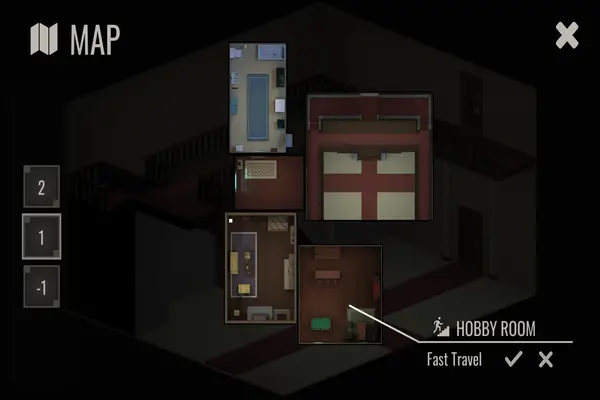
Examine Every Detail
Every inch of NOX is beautiful. The graphics are old-school but refined and navigating through the mansion is a pleasing experience. Even encountering unimportant items prompts witty observation from the protagonist. These ancillary details make the house feel more alive. This effect makes the search for clues enjoyable, even when hitting a dead-end. Many items are able to be moved or picked up, allowing you to rotate objects or inspect them more closely. The music is fantastic, ranging from atmospheric ambiance to tracks that sound more fast-paced and threatening, and always matches the theme of whatever dark secret you have just uncovered.
Overall, NOX is a fantastic title. Setting the bar rather high, the game breathes life into a market that is inundated with sameness, IAPs and freemium gambling. NOX simply takes you for a ride you were not prepared for. Ultimately, his title is a symbol of hope for mobile games. It’s perhaps also an invitation to developers to craft meaningful stories that pull at your heart. One can always hope.
Hardcore?
Most Definitely
NOX puts gameplay first in a meticulously crafted escape room puzzler. Blending themes like film Noire, magical realism and horror, the title uses its well-crafted narrative to challenge its player in engaging and meaningful ways.










